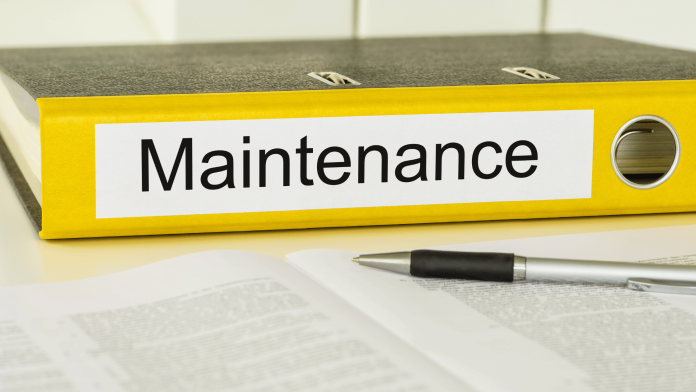“It’s a custom color. Bradenton plum.”
The church council member and I laughed together about the project in front of us. He had been part of the original capital campaign in the late 1980s and early 1990s.
“The color was popular then, but I think it’s time for an update,” he said as we prioritized the deferred maintenance projects for our upcoming capital campaign.
A few years ago, we started tackling facility projects. Our church had done too few updates in the last forty years, and now we were in the position of doing several fixes all at once. Thankfully, the church rallied, and we raised the needed funds for the immediate problems. But we are still playing catch-up today because deferred maintenance was not a priority.
Not every church will have the luxury of chipping away at facility renovations.
Sticker shock with deferred maintenance projects will prompt some congregations to consider closing.
Deferred maintenance is the process of delaying needed improvements to infrastructure and assets because of budget and cash limitations. Churches are notorious for postponing these capital projects. We heard of one church recently that had worn the carpet through to the plywood floor. Rather than replace the carpet, they painted the wood floor the same color as the surrounding carpet. When you do these shortsighted fixes, the cost of collective repairs skyrockets.
Neglected facilities become an albatross around the neck of many pastors. Deferred maintenance has killed numerous ministers with good intentions. Even the best churches often have closets full of junk—old trophies, dusty puppets, and binders of music from the 1970s. In severe cases, the entire campus has not been touched in decades.
There is a looming crisis about to impact the North American church. Failing air conditioners, leaky roofs, unsealed brick exteriors, old windows, and worn carpets can potentially sink congregations. Redoing the central air conditioning of a 50,000-square-foot facility can easily cost north of $1 million. Sealing brick exteriors can be tens of thousands of dollars. A leaky roof can climb into the six figures if a lot of work is needed. Higher inflation and supply constraints only exacerbate the problem. Sticker shock is coming, and many churches will not be able to pay to keep their campus open, even if they have dozens of people in the congregation.
We’ve got to do everything we can to keep these churches operating. Why?
One of the greatest kingdom assets is location, location, location.
Church facilities are one of the most expensive, yet vital, tools church leaders use to shepherd God’s people. In a North American context, buildings are essential to God’s mission of expanding His kingdom. From a practical standpoint, the church building should be the place where the local community congregates. Uninviting church buildings make it difficult for church members to invite their friends and family to worship with them.
What are some ways to start tackling the problem of deferred maintenance issues?
1. Include deferred maintenance in your operating budget. Create a separate deferred maintenance line item in the building and grounds section of your budget.
2. Create a priority list of projects. Walk around your facility quarterly. Write down items you see need work. Continually update your priority list and use the deferred maintenance line item in the budget to chip away at projects.
3. Utilize budget surpluses on maintenance items. When you have a budget surplus, use these funds to do bigger deferred maintenance projects.
4. Communicate regularly with your church about projects and celebrate their completion. When you install new carpet or new windows, let the church know. Visible progress will energize the church and prompt more generosity.
5. Encourage people to give to a building fund on an ongoing basis. At my church, we have three major giving buckets. The first is our operating budget. The second is a missions fund. The third is a building fund. We ask people to tithe to the operating budget and give above and beyond to the other two funds.
The mission of the church is to be a kingdom presence in a particular location. Your church address is not an accident. What God began at 1305 43rd Street West in Bradenton is not supposed to stop until Christ returns. The same goes for your church location. Don’t stop until Jesus comes back.






